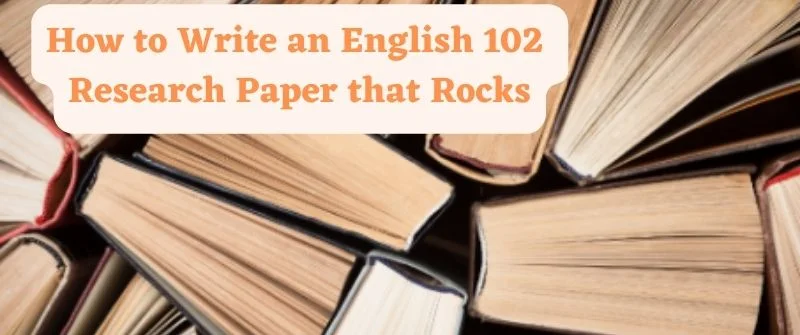How to Write a Clear and Effective Term Paper Outline
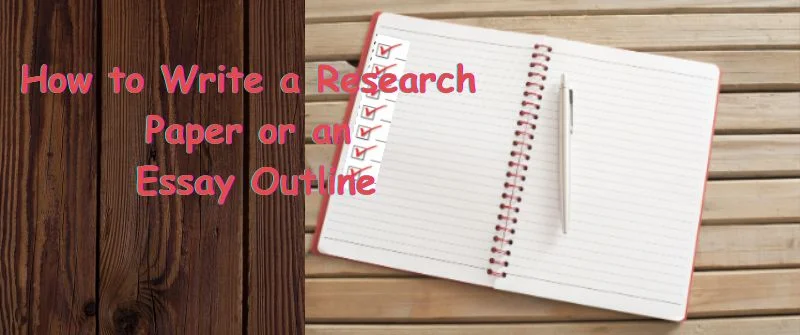
An outline of a term paper is a clear map of what you want to deliver in your write-up. This outline shows what every paragraph will contain and the order in which your points will appear.
You can use bullets or points to arrange the information in an orderly way. An outline assists you in making a point-by-point plan hence making your research easier. A good outline is essential to help you compose your term paper with a sense of direction.
How to Write a Term Paper Outline
An outline of an essay is a clear map of what you want to deliver in your write-up. This outline shows what every paragraph will contain and the order in which your points will appear.
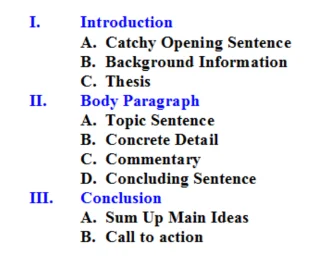
You can use bullets or points to arrange the information in an orderly way. An outline assists you in making a point-by-point plan, making your research easier.
According to our guide to writing a guide research paper, we stated that an outline is key.
This is key because a good outline is essential to help you compose your essay with a sense of direction. Before you write an outline, you should:
1. Select an Appropriate Topic
For any successful research paper, settling for the right topic is vital. The correct topic should work to your strength and not your weakness. Let the chosen topic be interesting and appealing to readers.
2. State your Argument
Figure out the type of argument you want to back up. Also, know the importance of that argument to you and your audience. Let it offer a meaningful discussion that could change the world.
3. Define Your Audience
Understand the readers of your paper who will be first your instructor. Determine if the professor will like the argument or not. Use the right tone and language to address your audience well.
4. Conduct Research
One will never produce a good research paper without properly investigating facts. First, collect the general information that will back up your thesis statement.
5. Organize Reference
You will need the reference to organize each argument’s evidence and the research type you will conduct. Organize the reference according to their relevance.
How to Write a Good Essay Outline Introduction
The introduction will determine if your audience will read your paper or just give it a rest. First, let it have a hook, usually from one to five-sentence. A hook persuades the audience to read your paper. Let the hook be provoking and interesting.
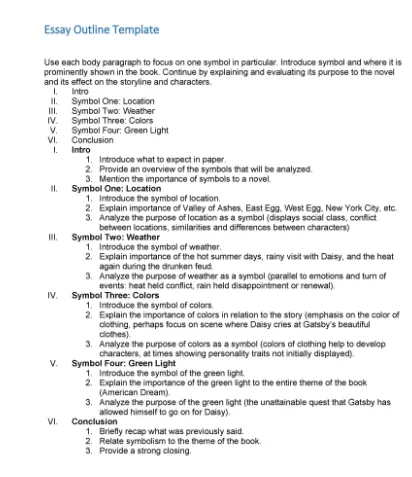
Besides, you should define your audience. Find out who will get interested in reading your paper.
You should aim to address your target audience convincingly.
Still, you will capture your thesis statement in the introduction.
Let your thesis statement be clear and striking.
You would want the readers to read your research paper after understanding your aim topic.
How to Write a Good Body for a Paper Outline
The body is the key section of your research paper. The quantity of paragraphs depends upon the requested volume of your research paper.
If you have more arguments, it means your body will expand.
You will put all the evidence you acquire into your body after research. Precisely, you capture each idea and back them with reliable evidence.
Support every statement with proof. Perform proper citations and valid references according to the right format.
Even better, you can mention counterarguments since opposing facts indicate your deep knowledge of the topic. It shows your commitment and offers an impressive academic reputation.
The tone and style of your paper should be consistent from the start to the end. Let the pattern, manner, and techniques remain similar throughout the content.
You can make the paper to be interesting to read by applying creativity. Explain everything well by assuming your professor does not know what you are discussing.
How to write the Conclusion of the Outline
One should summarize the arguments to help the reader digest the key ideas of the topic and remember them for a long time.
The conclusion should be simple and contain all the information to sink the entire paper into the audience’s memory.
At the conclusion, you state a summary of your strongest arguments. You do not have to offer more explanation or provide evidence to every point.
It is only a general overview of all your arguments in the research paper.
You can put a call to action at the end of your research paper. It should provoke the readers to take a position and act on the given information.
A free Term Paper Outline Template
The outline of a research paper consists of the introduction, issue, literature review, results, and discussion, and finally, conclusion and recommendations.
You must use Roman numerals, letters, and numbers to organize your topics, subtopics, and ideas. Below is an example of a research paper outline.
I. Introduction
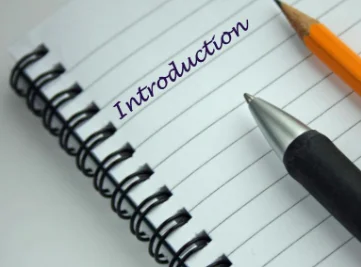
- You should provide a brief overview of the issue to be tackled in your paper.
- After doing so, include the main argument of your paper.
- Then offer a brief justification of why readers should care about your paper.
- Finally, write a thesis statement. This should be the last sentence of your introductory paragraph (a complete sentence).
II. Body
- ISSUE: This is the background information of your topic.
- First, you should provide the history of the issue, which is how it became an issue worth discussing and researching.
- Then, provide the impact it has on the society. You should describe the most notable impacts that have been recorded in credible sources.
- The next step should be to identify the critical factors affecting the issue. Here, you should identify the external or internal factors that influence or affect the existence of this issue.
- Finally, provide the possible solutions that can be explored through your research. Those solutions will help tackle the issue.
- LITERATURE REVIEW: This is a very important part of your research paper. Through the literature review, you will use selected sources to provide evidence or support your arguments.
- First, you should identify the theories, constructs, and concepts from your sources. This is done by providing brief points on how they are defined and used to propose solutions to an issue that is similar to yours.
- You should then identify empirical literature from journal articles. Here, you will provide relevant examples of actual empirical studies that have been carried out to tackle an issue related to your topic.
- After doing so, the next step should be to provide your pathway. This should be based on what you have found from your literature review. The pathway should contain points that identify the best concepts you will borrow to tackle your unique issue.
- RESULTS AND DISCUSSIONS: This is an equally important part of your research paper. It describes in detail what you have found after your research. Follow the following steps to write a good “results and discussion”.
- First, list the major findings of your study. It is imperative to provide the major findings to your readers because they will support your discussion.
- You should then provide empirical evidence to explain your findings. This should be done through charts, tables, and graphs. Representing your evidence in this form is important because it shows that your research was thorough and you were keen on finding viable evidence.
- After doing so, discuss the relevance of the findings concerning previous studies. This acts as a comparison between your research and the research of others. Be sure that your research adds value to the previously done research.
- You should describe your reaction to the results. Ask yourself these questions: Did you anticipate the results? Did your findings shock you? Are you satisfied with the results? Do not limit yourself to those questions. This is because your resection will be based on the research you have carried out.
- Finally, you should provide the limitations of the study you have carried. This improves your credibility among your readers.
This is the final part of your research paper. In this part, you are concluding or summing up your paper. Make sure that you follow the steps below.
III. Conclusion and Recommendations
- First, restate the thesis statement. You should not copy-paste the thesis statement from your introduction. You should paraphrase it.
- Then, provide a brief review of the issue and findings. This will refresh your reader’s memory.
- After doing so, remind the readers, in brief, about the goals and what you have accomplished within the study. Here, you should also include your findings and findings in brief.
- Finally, describe the relevance of your research to the context of your discipline. Does it have any future implications? In short, how does it help?
English term paper outline example. Download it here
Jessica Kasen is experienced in academic writing and academic assistance. She is well versed in academia and has a master’s degree in education. Kasen consults with us in helping students improve their grades. She also oversights the quality of work done by our writers.




